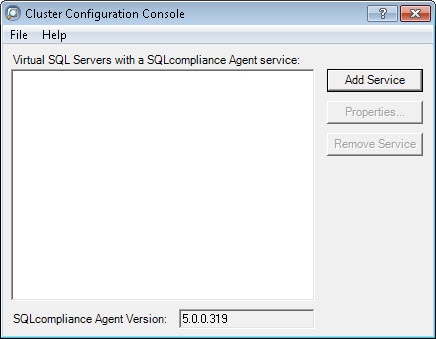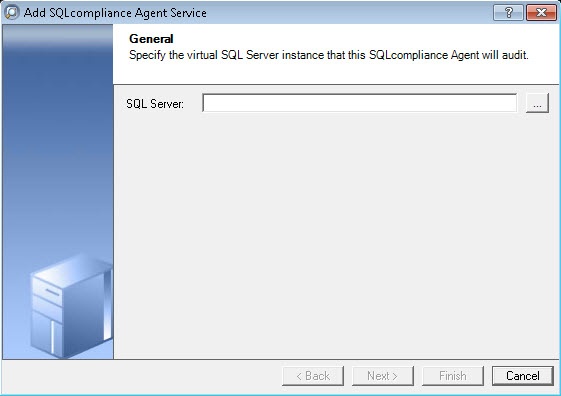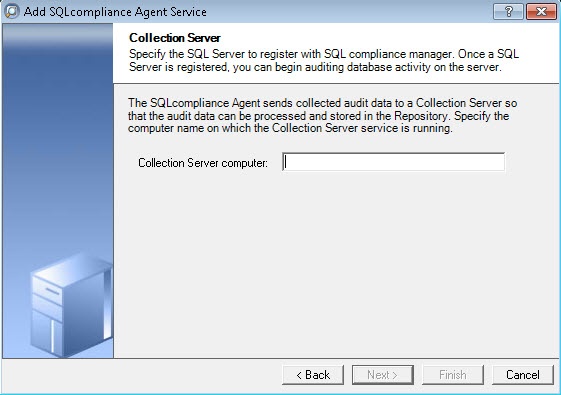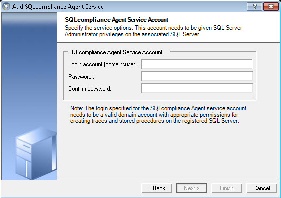Page History
...
The Listener scenario is recommended for users who want to audit ONLY ALWAYS ON only AlwaysOn databases on PRIMARY the Primary node over using LISTENER. In case if users need If you want to audit read-only SECONDARY Secondary nodes, they should choose ‘Nodes’ Scenario.use the Nodes scenario.
Use the following steps on each node involved in the AlwaysOn Users must follow these steps for all nodes involved into always on group before adding the listener to SQL CM console application for auditing:.
- Run the IderaSQLcmInstallationKit*.exe setup file.
- Extract the SQL Compliance Manager installation kit to the specified directory, and then launch it. SQL CM displays the product Quick Start window.
- In the Quick Start window, click Cluster Configuration Console. SQL CM displays the Cluster Configuration Setup Wizard.
- Follow the steps in the Setup Wizard to configure for cluster support.install and configure the SQLcompliance Agent Service on this cluster node.
- Once installation is complete, open to see the Cluster Configuration Console is running:by clicking Start > Idera > Cluster Configuration Console.
- Click Add Service Press ‘Add Service’ button to specify the listener (Virtual SQL instance name, in this case it is ‘aoaglistener’) for ‘SQL Server’ and press ‘Next >’ button.
NOTE: Press ‘Yes’ button if below dialog window appears. Doing this users confirm that SQL Server instance will be hosted on Windows Failover Cluster. For always on configuration of listener this is the correct behavior:
- . SQL CM displays the Add SQLcompliance Agent Service - General window.
- Type the SQL Server instance name, and then click Next. If you receive a message stating that the selected SQL Server instance is not clustered, click Yes. This step confirms that the selected SQL Server instance is hosted on a Windows Failover Cluster. SQL CM displays the Add SQLcompliance Agent Service - Collection Server window.
- Specify the name of the server where SQL CM is installed, and then click Next.
- SpecifySpecify ‘Collection Server computer’ (where SQL CM product is installed) and left click ‘Next >’ button:
- Specify an account with Administrator privileges that a cluster agent service will be run with. It is recommended to use the same account which a collection service is run with on the ‘Collection Server computer’. Left click ‘Next >‘ button:
...



